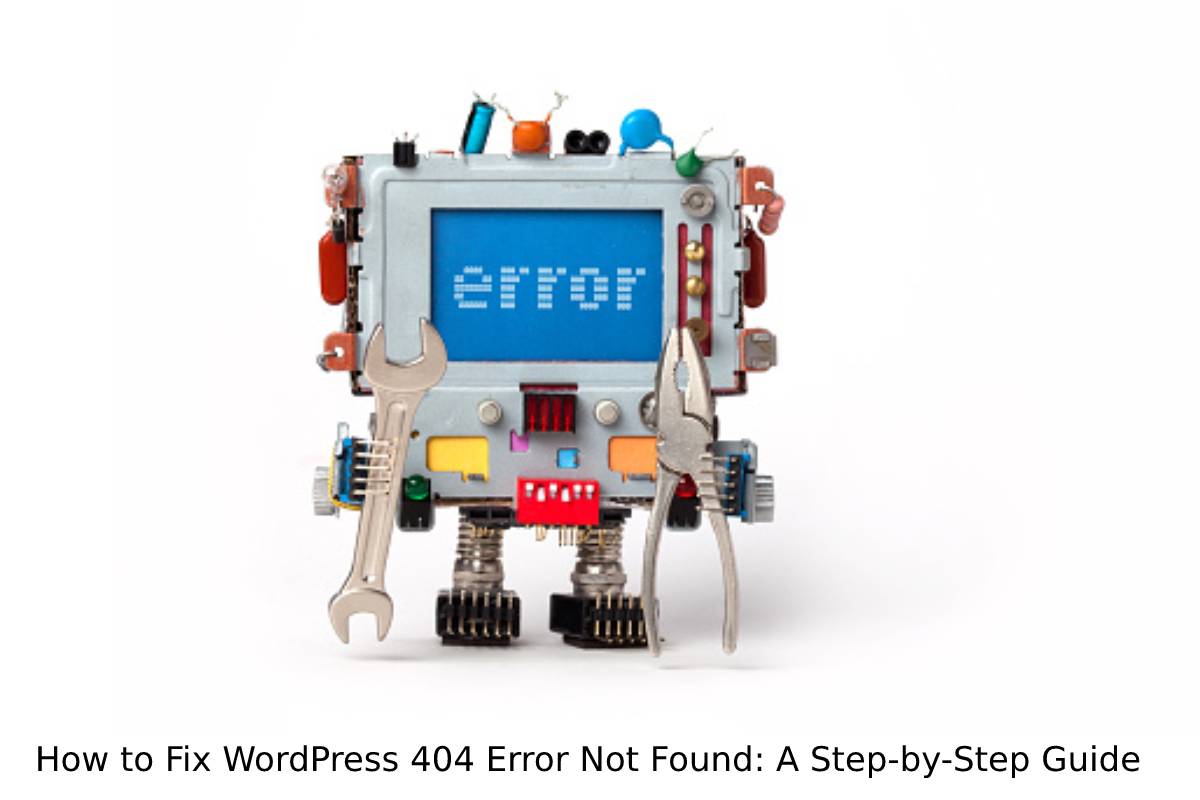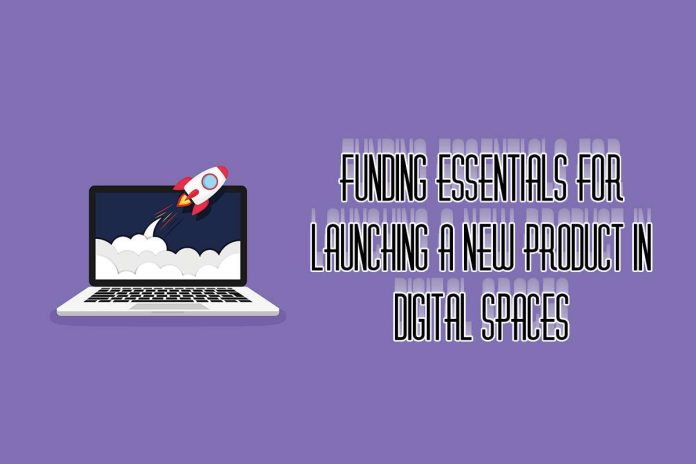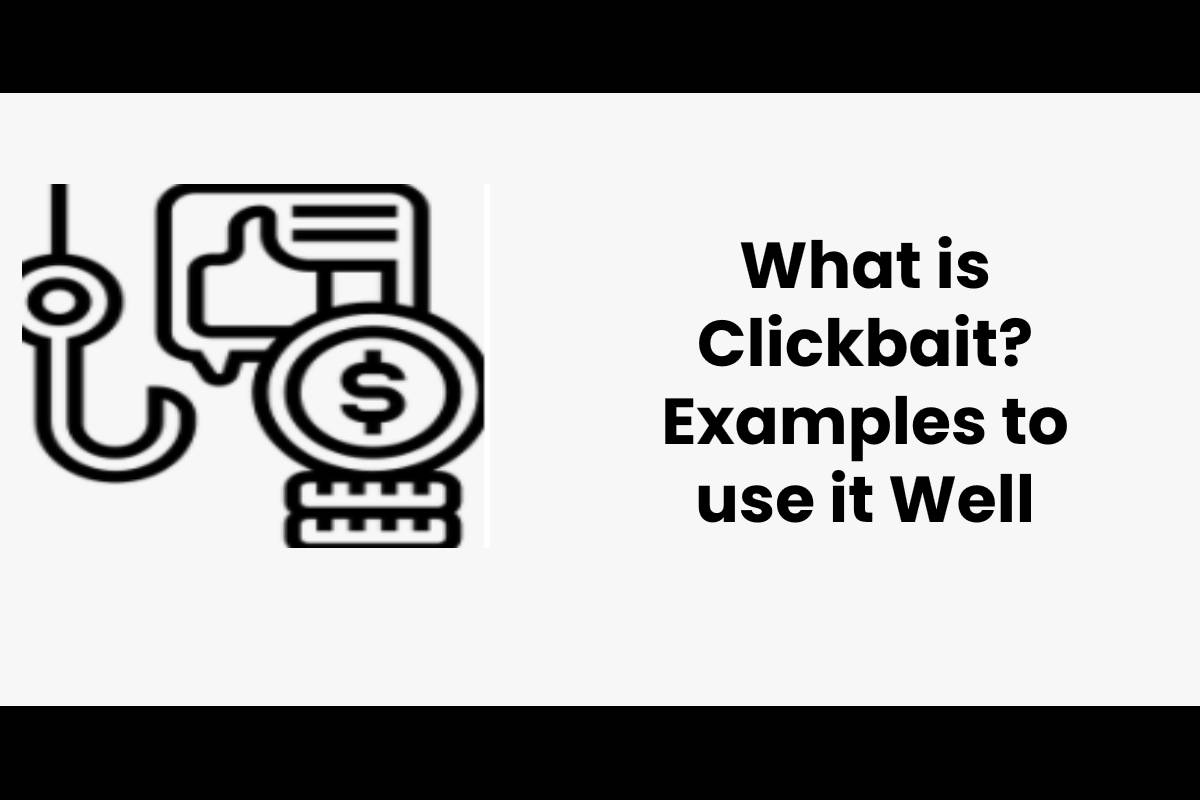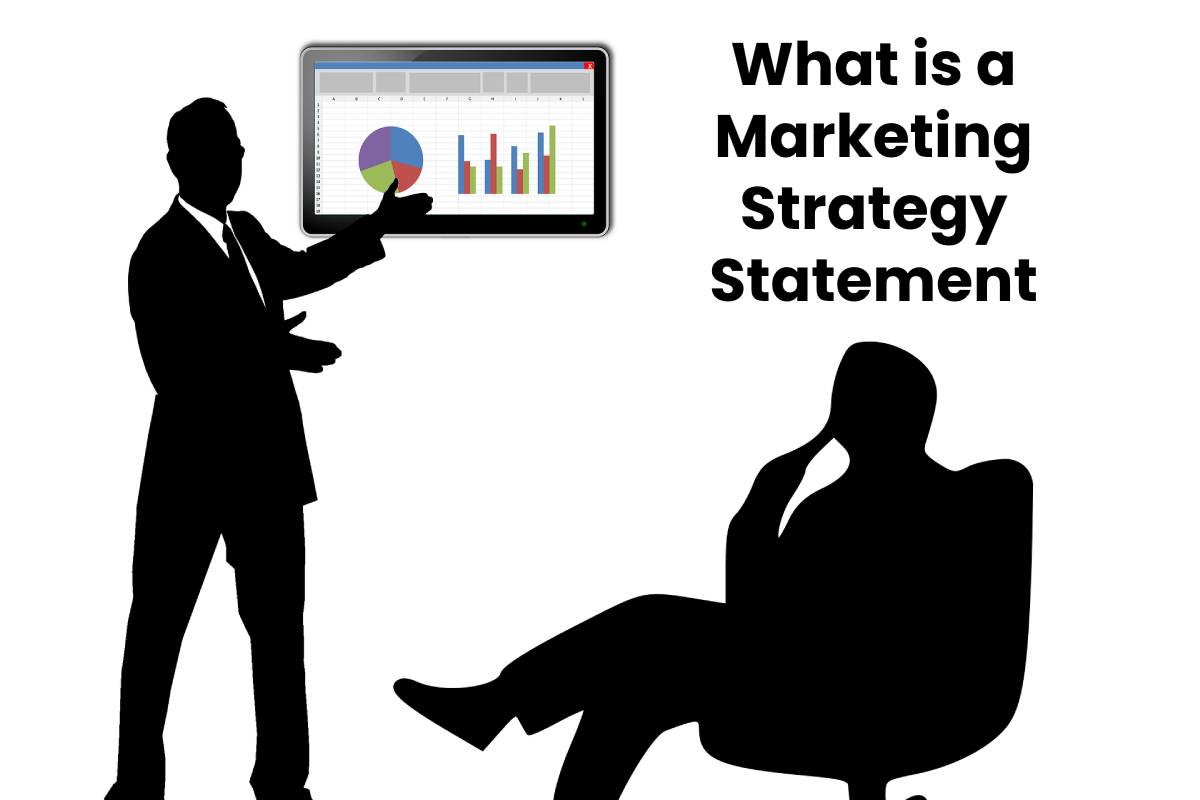When you try to access a page or post on your website, do you see the WordPress 404 error message “Not Found: The requested URL / was not found on this server”? This can be very frustrating for website visitors, and it can also damage your SEO ranking. This article will show you how to fix the WordPress 404 error not found. We will walk you through each step so that you can troubleshoot the problem and get your website back up and running in no time!
Table of Contents
1. What is a 404 error and why do you need to fix it.
The “404 Not Found” error message on your website means that the page or post you are trying to access cannot be found. This can happen for several reasons, such as:
- The page or post has been deleted
- The permalink (URL) of the page or post has been changed
- The page or post has been moved to a different location
Regardless of the reason, it is important to fix the WordPress 404 error not found because it can negatively impact your website’s SEO ranking and frustrate your website visitors.
Here are some common symptoms of the WordPress 404 error not found:
- You see a “404 Not Found” error message when you try to access a page or post on your website.
- The URL of the page or post is displayed incorrectly in the browser address bar.
- The URL of the page or post returns a “Page Not Found” error when you try to access it.
- You see a “No posts found” error message when you try to access your blog.
- Your website’s traffic has decreased since you started seeing the WordPress 404 error not found.
If you are experiencing any of these symptoms, you will likely have a WordPress 404 error not found on your website. The next section will show you how to identify the source of the error.
2. How to identify the source of the 404 error on your WordPress site.
The first step to fixing the WordPress 404 error not found is to identify the source of the error.
There are two main ways to do this:
- Check your website’s access logs
- Use a WordPress plugin like Query Monitor or Debug This
If you check your website’s access logs, you will be able to see all of the 404 errors that have occurred on your site. This can help you narrow down where the error is coming from and what pages or posts are affected.
If you use a WordPress plugin like Query Monitor or Debug This, you will be able to see all of the queries that are being run on your website. This can help you identify which plugins or themes are causing the 404 errors.
Once you have identified the source of the WordPress 404 error not found, you can begin troubleshooting the problem.
3. How to create a custom 404 page for your WordPress site.
The best way to fix the WordPress 404 error not found is to create a custom 404 page. This will allow you to display a message to your website visitors letting them know that the page they are trying to access cannot be found.
Creating a custom 404 page is relatively simple and only requires adding a few lines of code to your WordPress site.
First, you will need to create a new file called “404.php” in your WordPress theme folder. You can do this using an FTP client or by accessing your hosting account’s cPanel control panel.
Next, you will need to add the following code to the “404.php” file:
<!–?php get_header(); ?–>
<!–?php get_template_part( ‘content’, ‘404’ ); ?–>
<!–?php get_footer(); ?–>
This code will tell WordPress to display the header, content, and footer of your website when a 404 error occurs.
You can also add a custom message to your 404 page by adding the following code:
<!–?php get_header(); ?–>
<!–?php echo “<hgroup id=’error-404′ class=’clearfix’>”; ?–>
<!–?php echo “<hgroup id=’error-404′ class=’clearfix’>”; ?–>
<!– hgroup tag closes in template –>
<!–?php echo “<hgroup id=’error-404′ class=’clearfix’>”; ?–>
<!– hgroup tag closes in template –>
<!–?php get_template_part( ‘content’, ‘404’ ); ?–>
<!–?php get_footer(); ?–>
This code will display a custom message on your 404 page letting your website visitors know that the page they are trying to access cannot be found.
You can also add a link to your custom 404 page in your WordPress site’s .htaccess file. This will redirect website visitors who try to access a page that does not exist on your site to your custom 404 page.
To do this, you will need to add the following code to your .htaccess file:
ErrorDocument 404 /404.php
This code will tell WordPress to redirect website visitors who try to access a page that does not exist on your site to your custom 404 page.
You can also use a WordPress plugin like Yoast SEO or All in One SEO Pack to create a custom 404 page for your WordPress site.
Creating a custom 404 page is the best way to fix the WordPress 404 error not found on your website. It allows you to display a message to your website visitors letting them know that the page they are trying to access cannot be found and it helps improve your website’s SEO.
4. Fixing your 404 error with an expert
Fixing the WordPress 404 error not found is relatively simple and only requires adding a few lines of code to your website. However, if you are still having trouble fixing the error, you can contact a WordPress support expert for help.








